- What is autumn sowing of radishes?
- Varieties of Radishes
- 1. Cherry Belle
- 2. French Breakfast
- 3. Daikon
- 4. Watermelon
- 5. Black Spanish
- Best radish varieties for autumn sowing
- Characteristics of autumn-sown radishes
- Differences from Spring Sowing
- Growth time and conditions
- Taste and texture
- Harvesting and Storage
- Harvesting:
- Storage:
- “Question-Answer”
- What are the benefits of autumn sowing of radishes?
- Can I sow any variety of radishes in autumn?
- What are some popular varieties of radishes for autumn sowing?
- How should I prepare the soil for autumn sowing of radishes?
- How long does it take for radishes to mature when sown in autumn?
- “Video” 12 Vegetables You Should Grow in Spring
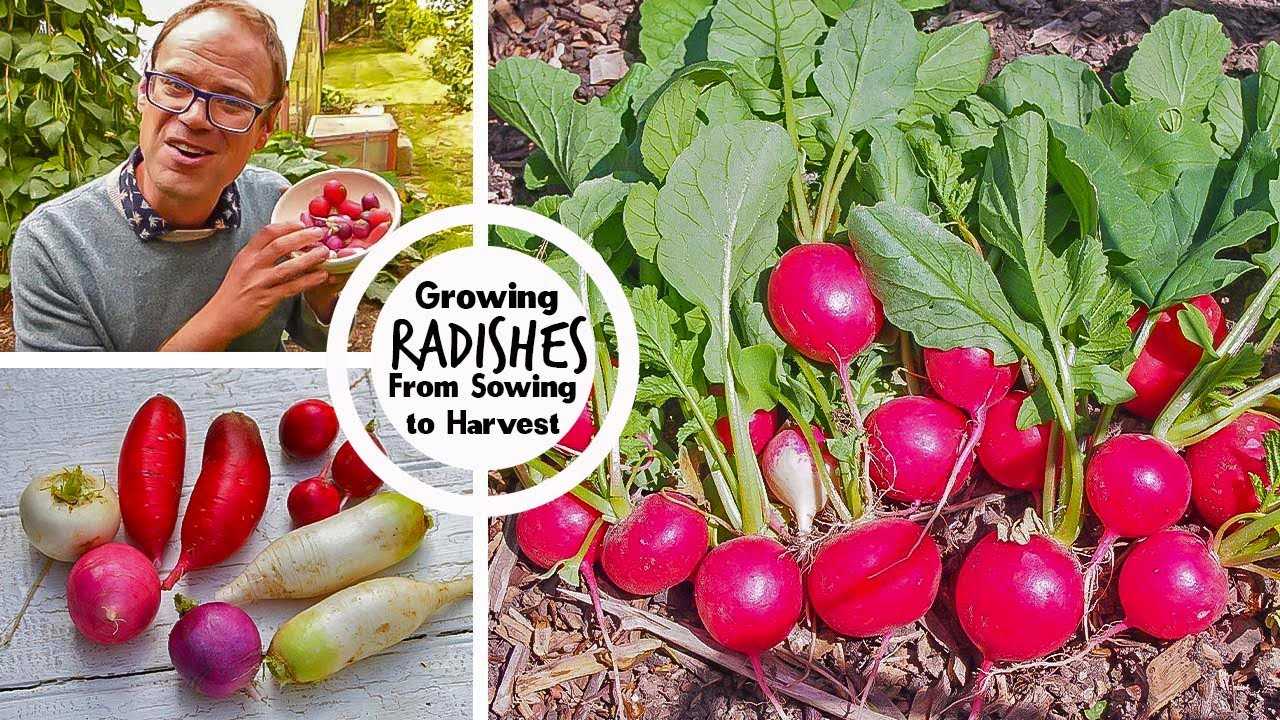
As the temperatures start to cool down and the leaves begin to change colors, it’s time to start thinking about autumn sowing of radishes. While spring is traditionally the time for sowing radishes, many gardeners are starting to experiment with growing this versatile vegetable in the fall. Autumn sowing of radishes offers a whole new set of challenges and rewards.
When it comes to varieties, there are several options available for autumn sowing. One popular choice is the French Breakfast radish, known for its elongated shape and mild flavor. Another variety to consider is the Black Spanish radish, which has a stronger, spicier taste. And for those looking for something with a bit more color, the Watermelon radish is a great option, with its vibrant red and white flesh.
But what makes autumn sowing of radishes different from spring sowing? One key difference is the time it takes for the radishes to mature. While spring-sown radishes can be ready for harvest in as little as 25 days, fall-sown radishes can take up to 60 days to mature. This means that patience is key when it comes to autumn sowing. Additionally, the cooler temperatures of autumn can help to enhance the flavor of the radishes, making them even more delicious.
“Autumn sowing of radishes offers a whole new set of challenges and rewards.”
So, how do you go about sowing radishes in the autumn? The first step is to choose a sunny spot in your garden that has well-drained soil. Radishes prefer loose soil, so make sure to work in some compost or organic matter before planting. Sow the radish seeds directly into the ground, spacing them a few inches apart. Then, cover the seeds with a thin layer of soil and water gently.
With a little bit of planning and preparation, autumn sowing of radishes can be a rewarding gardening experience. Not only will you be able to enjoy fresh, homegrown radishes well into the fall season, but you’ll also have the satisfaction of knowing that you’ve successfully grown a vegetable that is usually associated with spring. So why not give it a try and see what you can achieve with autumn sowing of radishes?
What is autumn sowing of radishes?
Autumn sowing of radishes refers to the practice of planting radish seeds in the late summer or early fall with the intention of harvesting them in the autumn. Unlike spring sowing, which is done in the early spring for a summer harvest, autumn sowing allows for a later harvest and is especially useful for regions with mild winters.
One of the main advantages of autumn sowing is that radishes planted during this time tend to have a milder flavor and a crisper texture. This is because the cooler temperatures of the autumn season slow down the growth of the radishes, allowing them to develop more slowly and evenly. As a result, the roots of autumn-sown radishes are often more tender and less prone to becoming woody or pithy.
Another benefit of sowing radishes in the autumn is that they can be grown in areas with limited space. Since most other crops have already been harvested by this time, there is often more room in the garden for radishes to be planted. Additionally, the shorter daylight hours and cooler temperatures of the autumn season help to deter pests and diseases, making it easier to grow radishes organically without the need for chemical intervention.
When choosing varieties for autumn sowing, it is important to select those that are known for their tolerance to cooler temperatures. Some popular choices include Cherry Belle, French Breakfast, and Sparkler. These varieties can withstand the colder temperatures of autumn and still produce high-quality radishes.
In conclusion, autumn sowing of radishes offers several advantages over spring sowing, including milder flavor, better texture, and the ability to grow in limited space. By selecting appropriate varieties and planting at the right time, gardeners can enjoy a bountiful harvest of radishes in the autumn season.
Varieties of Radishes
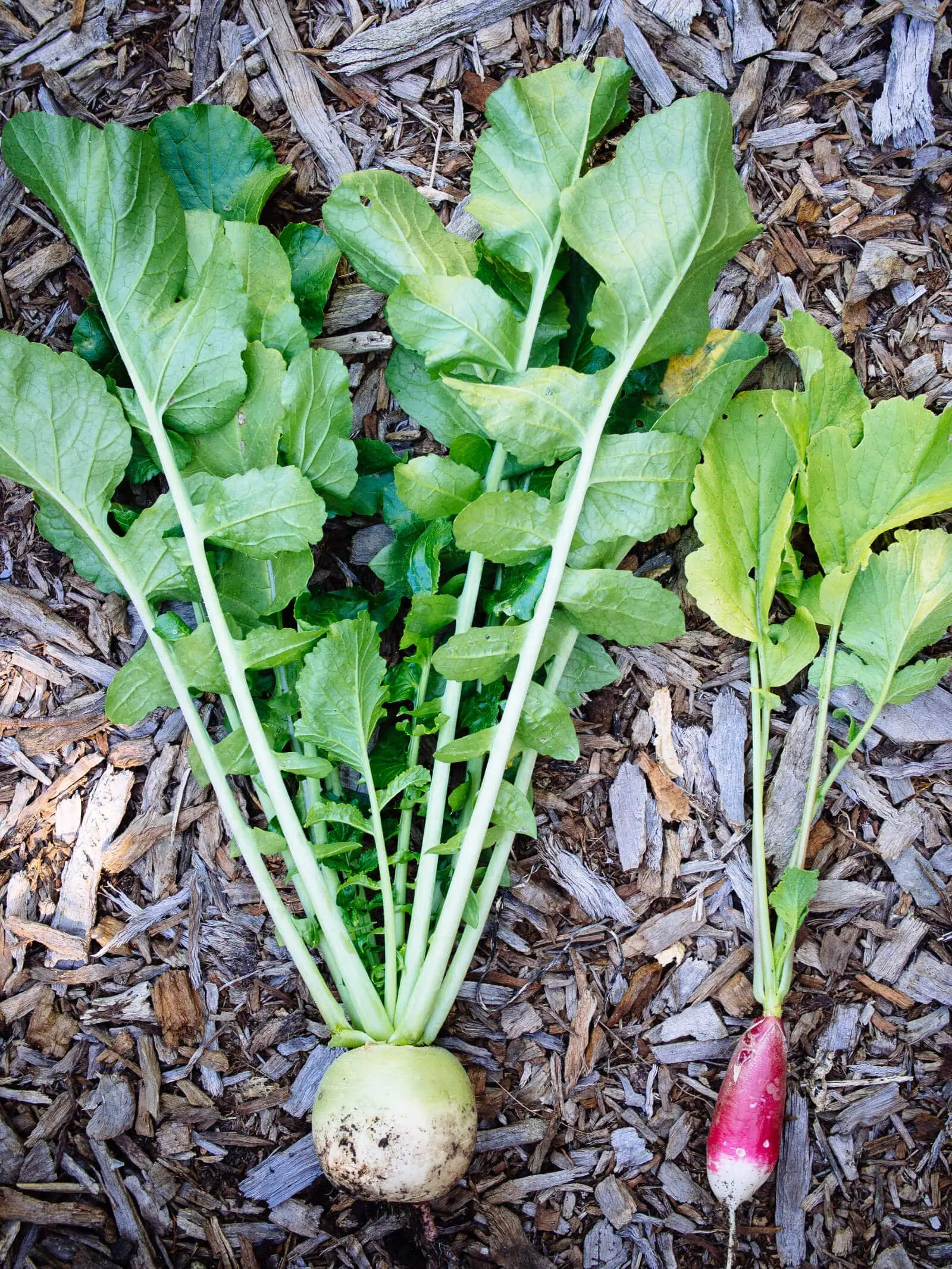

Radishes come in a variety of shapes, sizes, and colors. Each variety has its own unique characteristics and flavor profiles. Here are some common varieties of radishes:
1. Cherry Belle
The Cherry Belle radish is one of the most popular varieties. It has a round, bright red root with a crisp and juicy texture. This variety is known for its mild and slightly spicy flavor.
2. French Breakfast
French Breakfast radishes are elongated with a white tip and a red body. They have a mild and slightly sweet flavor. These radishes are perfect for slicing and adding to salads or sandwiches.
3. Daikon
Daikon radishes are large and cylindrical in shape. They have a white or pale green skin and a mild, slightly peppery flavor. Daikon radishes are commonly used in Asian cuisines, including pickling, stir-frying, and soups.
4. Watermelon
Watermelon radishes are named for their vibrant red and green skin, which resembles a watermelon. When sliced, the inside reveals a beautiful pink flesh with a sweet and slightly peppery taste. These radishes are excellent in salads or as a garnish.
5. Black Spanish
The Black Spanish radish is unique for its black skin and white flesh. It has a strong and peppery flavor, making it a perfect choice for spicing up dishes. This variety is often used in traditional European dishes.
These are just a few examples of the many radish varieties available. Experiment with different varieties to discover your favorite flavors and textures!
Best radish varieties for autumn sowing
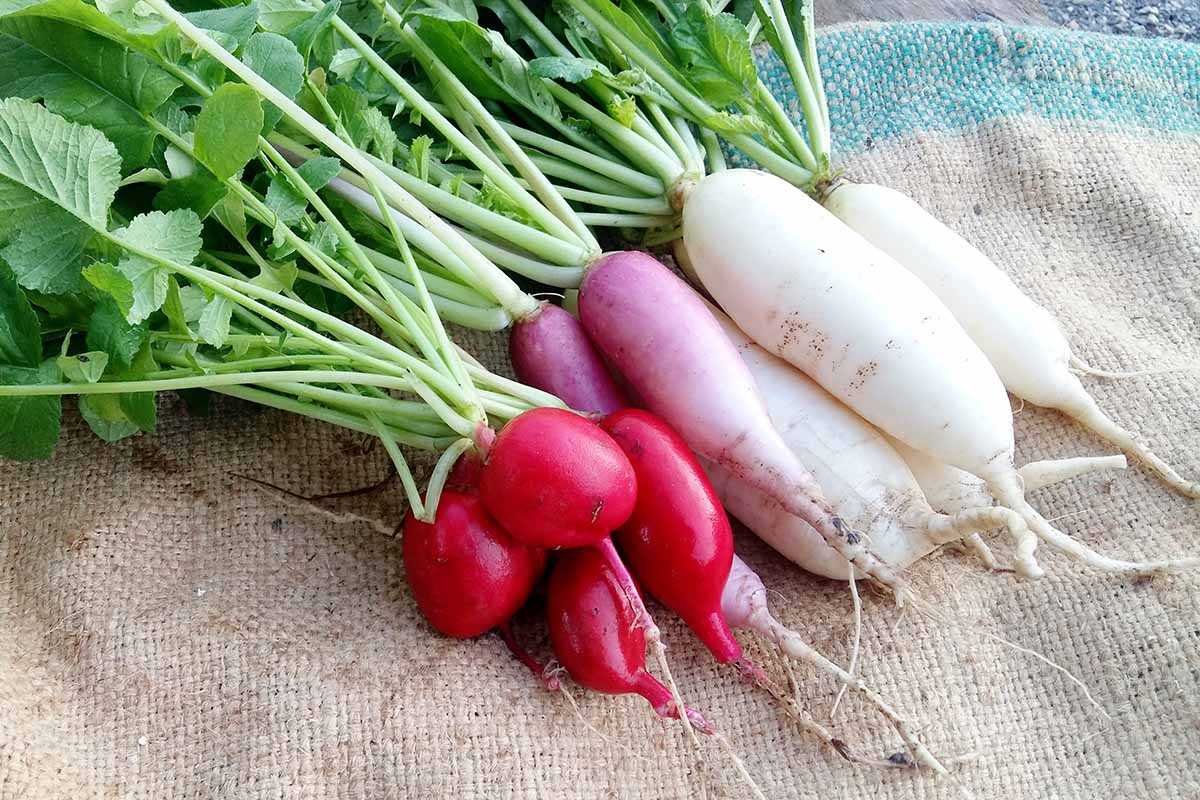

If you are planning to sow radishes in the autumn, it is important to choose varieties that are suitable for this time of year. Some varieties are better suited to the cooler temperatures and shorter days of autumn, while others are more suitable for spring sowing. Here are some of the best radish varieties for autumn sowing:
- French Breakfast: This variety is known for its long, slender shape and crisp, mild flavor. It is a popular choice for autumn sowing as it matures quickly and can be harvested in just 20-30 days.
- Cherry Belle: This variety produces small, round radishes with bright red skin and a crisp texture. It is a reliable variety for autumn sowing and is ready to harvest in about 22-30 days.
- Sparkler: These radishes have a unique appearance, with red skin and white flesh that is striped with red. They have a mild flavor and are ready to harvest in about 25-30 days.
If you prefer a radish with a milder flavor, consider the following varieties:
- Watermelon: These radishes have a green skin and a white flesh that is speckled with pink. They have a mild and sweet flavor and are ready to harvest in about 30-40 days.
- White Icicle: As the name suggests, these radishes have a long, white root and a mild flavor. They are ready to harvest in about 25-30 days.
It is important to note that not all radish varieties are suitable for autumn sowing. Some varieties prefer the cooler temperatures of spring and may not perform as well if sown in the autumn. When selecting radish seeds, be sure to check the recommended sowing times and choose varieties that are suitable for autumn sowing.
| Variety | Days to Maturity | Flavor |
|---|---|---|
| French Breakfast | 20-30 | Mild |
| Cherry Belle | 22-30 | Mild |
| Sparkler | 25-30 | Mild |
| Watermelon | 30-40 | Mild and sweet |
| White Icicle | 25-30 | Mild |
By choosing the right radish varieties for autumn sowing, you can enjoy a plentiful harvest of fresh, crisp radishes throughout the fall season.
Characteristics of autumn-sown radishes
Fall or autumn sowing of radishes offers a unique set of characteristics compared to spring sowing. Here are some key features of autumn-sown radishes:
- Slow growth: Radishes sown in autumn tend to have a slower growth rate compared to spring-sown varieties. This is due to the lower temperatures and reduced sunlight during the fall season.
- Increased cold tolerance: Autumn-sown radishes are generally more cold-tolerant than their spring-sown counterparts. They are capable of withstanding lower temperatures and can often survive light frosts.
- Sweeter flavor: The slower growth and cooler temperatures of autumn-sown radishes can contribute to a sweeter and more flavorful taste compared to those grown in spring. The extended growing period allows the radishes to develop a more balanced flavor profile.
- Pest and disease resistance: Fall sowing can help reduce the risk of certain pests and diseases that are more prevalent during the spring and summer months. The cooler temperatures and shorter days can inhibit the growth of common radish pests.
In addition to these characteristics, it’s important to note that autumn sowing may require some additional care and attention. Radishes should be protected from heavy frosts by covering them with straw or a protective layer of mulch. Providing adequate drainage is also crucial to prevent waterlogged soil, which can hinder radish growth.
| Characteristic | Autumn-sown Radishes | Spring-sown Radishes |
|---|---|---|
| Growth Rate | Slow | Fast |
| Cold Tolerance | High | Low |
| Flavor | Sweeter | Milder |
| Pest and Disease Resistance | Higher | Lower |
Overall, autumn sowing of radishes can provide a unique and rewarding gardening experience. The slower growth, increased cold tolerance, sweeter flavor, and enhanced pest and disease resistance make it a viable option for those looking to extend their radish harvest into the fall season.
Differences from Spring Sowing
- Timing: Autumn sowing of radishes takes place several weeks before the first frost, while spring sowing occurs when the soil temperature reaches around 4-10°C.
- Growth duration: Radishes planted in autumn take longer to grow and mature compared to those sown in spring. This is because colder temperatures slow down the growth process.
- Temperature: Autumn-sown radishes are more tolerant of lower temperatures, including light frosts, compared to spring-sown radishes. This allows them to extend the growing season and provide fresh produce even in cooler weather.
- Size and shape: Radishes grown in autumn tend to be larger and rounder compared to their spring counterparts. This is due to the longer growing period and the favorable conditions provided by cooler temperatures.
- Flavor: Autumn-sown radishes may have a milder and sweeter flavor compared to spring-sown radishes. The slower growth allows the radishes to develop their taste more gradually and evenly.
- Pest and disease control: Autumn sowing may help with pest and disease control as there are generally fewer insects and diseases during this time of the year. However, it is still important to monitor and protect the radishes from potential threats.
- Yield: Autumn-sown radishes may have a higher yield compared to spring-sown radishes. The longer growing season and potentially better conditions can contribute to larger and more abundant crops.
- Storage: Autumn-harvested radishes have better storage capabilities compared to spring-harvested radishes. The cooler temperatures of the autumn season help to keep the radishes fresh for a longer period, allowing for extended use.
Growth time and conditions
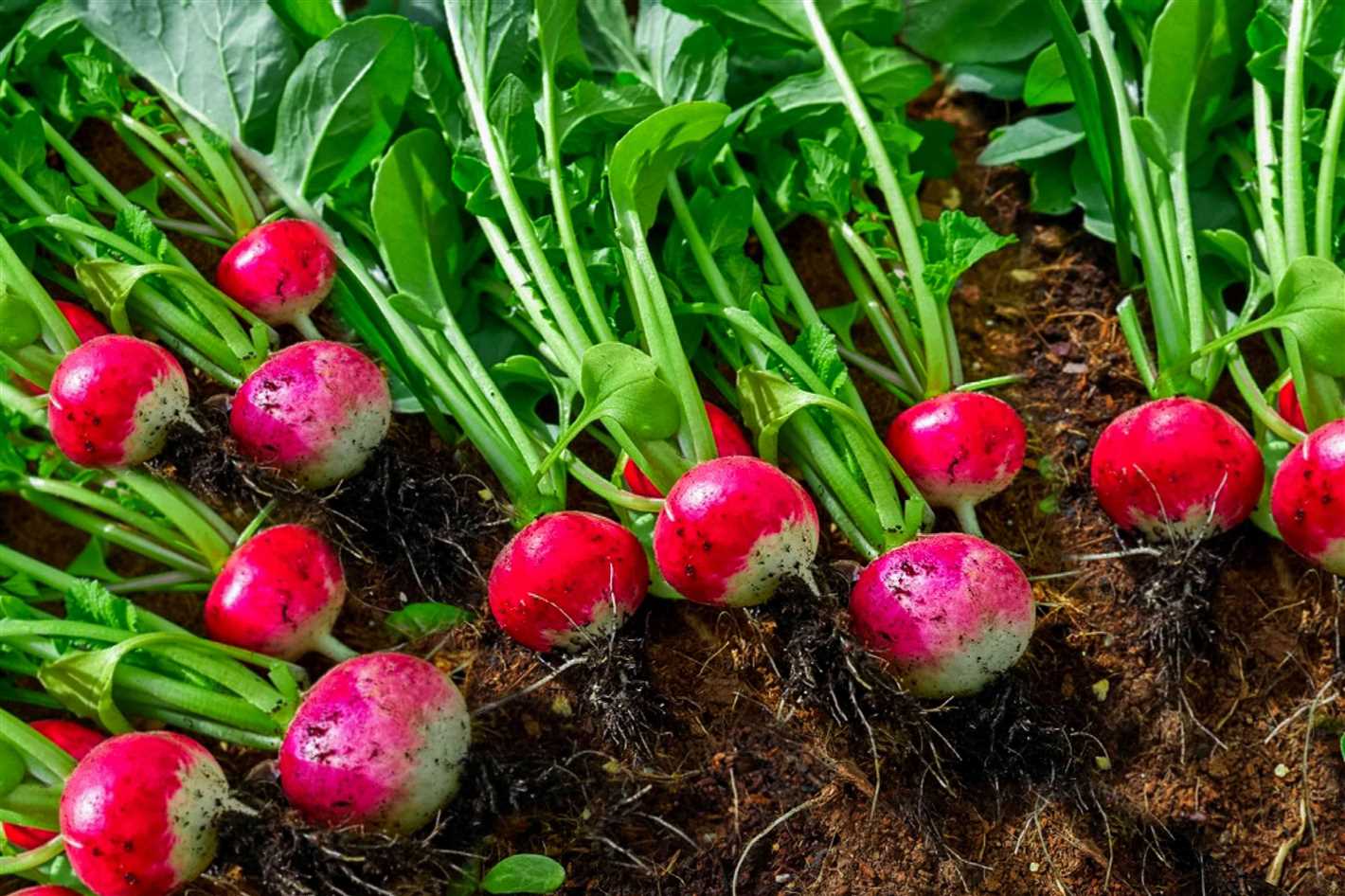

The growth time for radishes depends on the variety and the conditions in which they are grown. Generally, radishes can be harvested within 3 to 6 weeks after sowing. However, the growth time may vary based on factors such as temperature, sunlight, soil quality, and water availability.
Radishes prefer cool weather for optimal growth. They can tolerate light frost, but hot temperatures can cause them to bolt and become woody. Therefore, autumn sowing is ideal for radishes as the cooler temperatures provide the best conditions for their growth. The soil temperature should be around 55-75°F (13-24°C) for successful germination and growth of radishes.
Radishes can be grown in various soil types, but they prefer well-drained soil that is rich in organic matter. It is important to prepare the soil before sowing by removing weeds and rocks and adding compost or well-rotted manure to improve fertility. The pH level of the soil should be between 6.0 and 7.0 for optimal growth.
Radishes require a moderate amount of sunlight, ideally around 6-8 hours per day. Insufficient sunlight can result in slower growth and smaller radishes. It is important to ensure that the radishes receive adequate sunlight by planting them in a location that is not shaded by tall plants or structures.
Watering is crucial for the growth of radishes. The soil should be kept consistently moist but not waterlogged. Overwatering can cause rotting or splitting of the roots. It is recommended to water radishes deeply once or twice a week, ensuring that the water reaches the root zone. Mulching can also be done to retain moisture in the soil and prevent weed growth.
Taste and texture
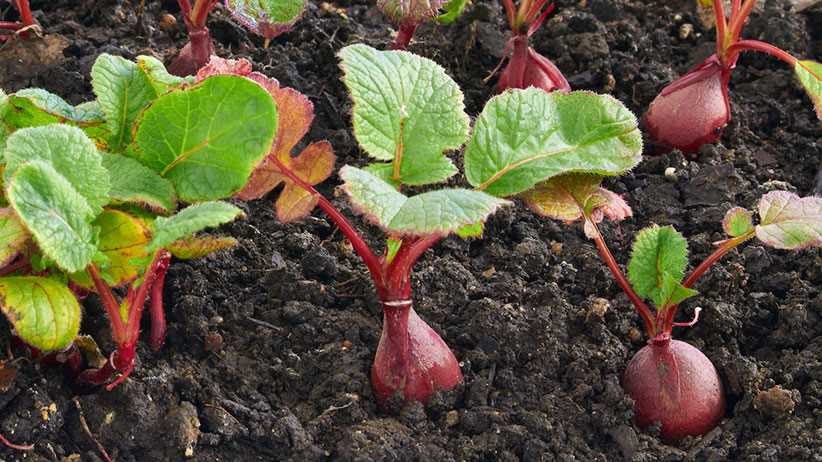

The taste and texture of radishes can vary depending on the variety and the method of cultivation. Autumn-sown radishes tend to have a milder and sweeter flavor compared to spring-grown radishes. The cooler temperatures during the autumn season allow the radishes to develop a more delicate and less spicy taste.
The texture of autumn-sown radishes is also slightly different. They are often crisper and less fibrous compared to spring-grown radishes. This makes them enjoyable to eat raw or in salads, as they provide a satisfying crunch without being too tough or stringy.
Some popular radish varieties for autumn sowing include French Breakfast, Cherry Belle, and Sparkler. These varieties are known for their excellent flavor and texture, making them perfect for autumn harvests.
Harvesting and Storage


When the radishes are ready for harvest, you can start plucking them from the ground. Here are some tips on how to properly harvest and store your radish crop:
Harvesting:
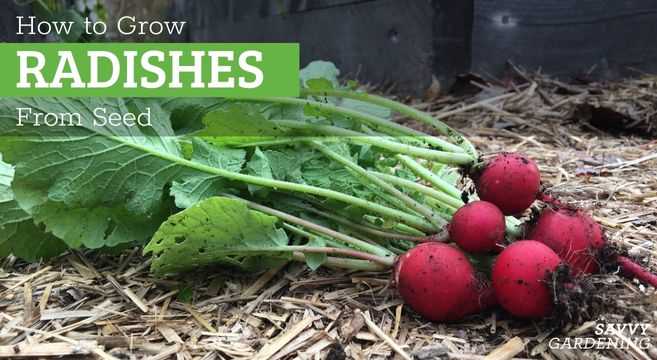

- Radishes can be harvested when they have reached their proper size. This can usually be determined by checking the maturity time specified on the seed packet.
- Gently loosen the soil around each radish with a garden fork or your hands, being careful not to damage the roots.
- Hold the tops of the radish greens and gently tug them out of the ground. If the greens snap off easily, the radish is ready for harvest.
- For larger radishes, use a garden fork to lift them out of the ground.
Storage:
- After harvesting, remove the greens from the radishes, as they can draw moisture and nutrients away from the root.
- Wash the radishes gently to remove any dirt or debris, but avoid soaking them in water as this can lead to rotting.
- Once cleaned, dry the radishes thoroughly before storage.
- Store the radishes in a cool and humid place, such as a refrigerator. They can be stored in a plastic bag or container with holes for air circulation.
- Radishes can typically be stored for up to a month, but they are best enjoyed when consumed fresh.
By following these harvesting and storage tips, you can enjoy your freshly grown radishes for an extended period of time.
“Question-Answer”
What are the benefits of autumn sowing of radishes?
The benefits of autumn sowing of radishes include longer growing season, resistance to pests and diseases, and better flavor of radishes.
Can I sow any variety of radishes in autumn?
Not all varieties of radishes are suitable for autumn sowing. It is best to choose varieties that are specifically recommended for autumn sowing.
What are some popular varieties of radishes for autumn sowing?
Some popular varieties of radishes for autumn sowing include Black Spanish Round, China Rose and Watermelon radishes.
How should I prepare the soil for autumn sowing of radishes?
To prepare the soil for autumn sowing of radishes, you should remove any weeds, loosen the soil, and add organic matter such as compost or well-rotted manure.
How long does it take for radishes to mature when sown in autumn?
The time it takes for radishes to mature when sown in autumn depends on the variety and prevailing weather conditions. On average, it takes about 6-8 weeks for radishes to reach maturity.







